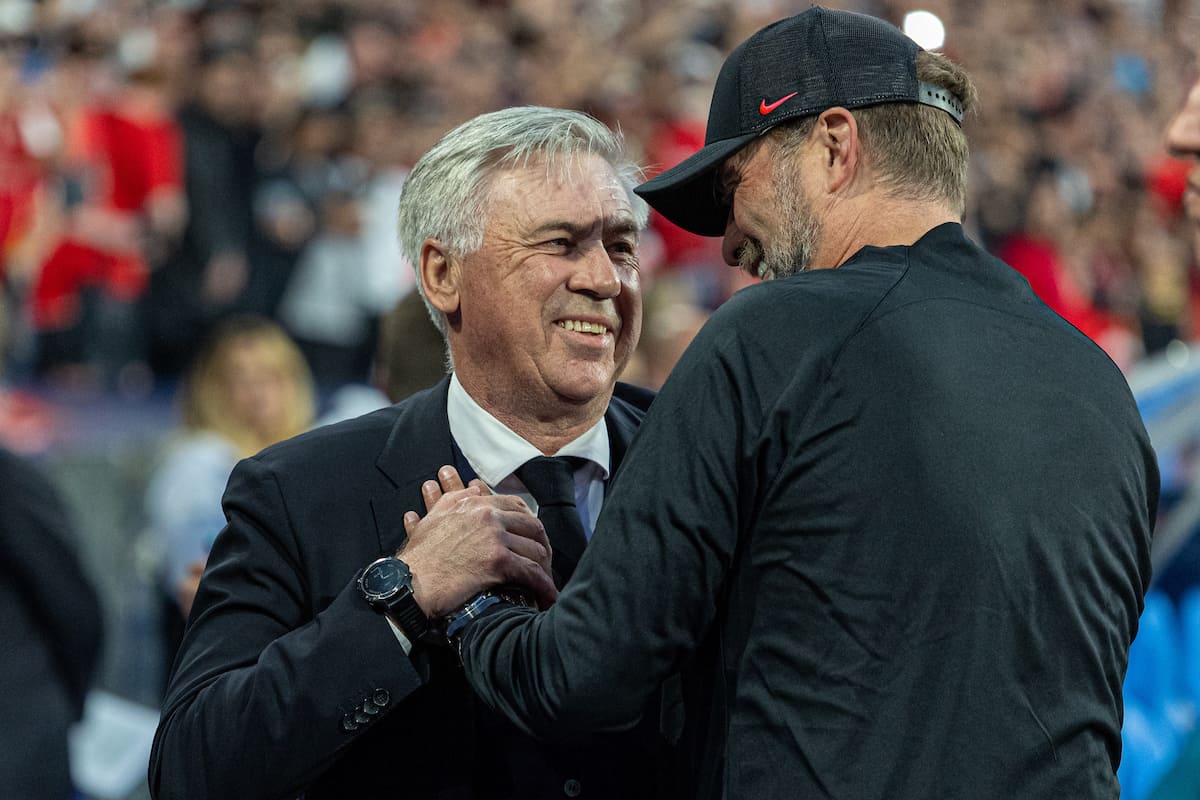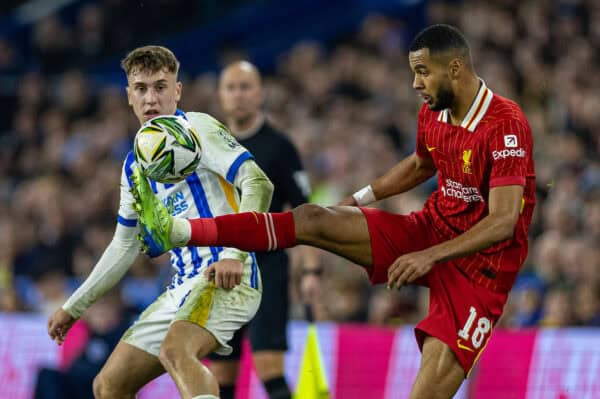With Ibrahima Konate expected to join Liverpool from RB Leipzig, concerns have been raised over his fitness. Dr. Rajpal Brar looks to dispel the ‘injury prone’ myth.
According to multiple credible reports, Liverpool are set to win the race for French central defender Konate, agreeing to pay the release clause of £30.5 million to Leipzig and negotiating a five-year deal with the highly rated 21-year-old.
The player is a massive addition (and a potential steal at that price) to Liverpool’s centre-back ranks, which have dealt with a plethora of injuries – from Virgil van Dijk’s ACL rupture to Joe Gomez’s patellar tendon rupture.
Konate not only takes the pressure off those players’ recoveries, but further, Liverpool now potentially have their centre-back pairing of the future if they opt to make Ozan Kabak’s loan move into a permanent deal.
All that being said, I’ve heard considerable chatter surrounding Konate’s injury history, particularly his 2019/20 season and into the summer, where he missed the majority of Leipzig’s games.

On the surface, that could look quite concerning, especially when you note the three muscle fibre injuries that cost multiple games in nine months’ time.
This can typically hint at the player being stuck in a injury-reinjury cycle where factors such as fitness deficits and scar tissue development create a vicious spiral of problems (see: Eden Hazard at Real Madrid).
However, when digging deeper into those muscular injuries, the issue is far less alarming.
Each of those three seemingly separate injuries are in fact stemming from the same hip flexor injury which continued to bother Konate for the majority of the season, finally opting for surgery over the summer to deal with it after it failed conservative treatment.
That fact changes the entire picture of injury risk. Rather than a player dealing with multiple muscle injuries, this is a player who’s had one major injury but otherwise, all the others fall within normal variance.

To that point, here’s what The Athletic’s Bundesliga expert Raphael Honigstein had to say on the matter:
“There’s a perception that the player has been injury-prone. In reality, he’s suffered one serious injury: to his hip flexor muscle.
“It needed surgery in France last summer after a recurrence and is the main reason his game time has been limited, and the hype turned down a lot.”
Further, following that surgery in France, Konate was able to play injury free for nearly three-and-a-half months, needing only a precautionary break for fitness.
If you’re still not convinced, take heart in that the Liverpool medical staff will have done a complete assessment and physical evaluation prior to signing off on the player’s health and passing his medical.

If they saw concerning signs they would have raised them, as they did with Nabil Fekir’s potential transfer from Lyon after finding concerning signs of excess wear and tear in the knee joint on his surgically repaired ACL side.
That red flag led to the deal falling apart.
All in all, Liverpool are set to acquire a young, promising central defender who can contribute immediately while continuing to improve under the tutelage of great players and leaders like Van Dijk, with concerns of being ‘injury prone’ not holding up to further scrutiny.
Yet another example of why injury histories are far more nuanced than given credit for.

















